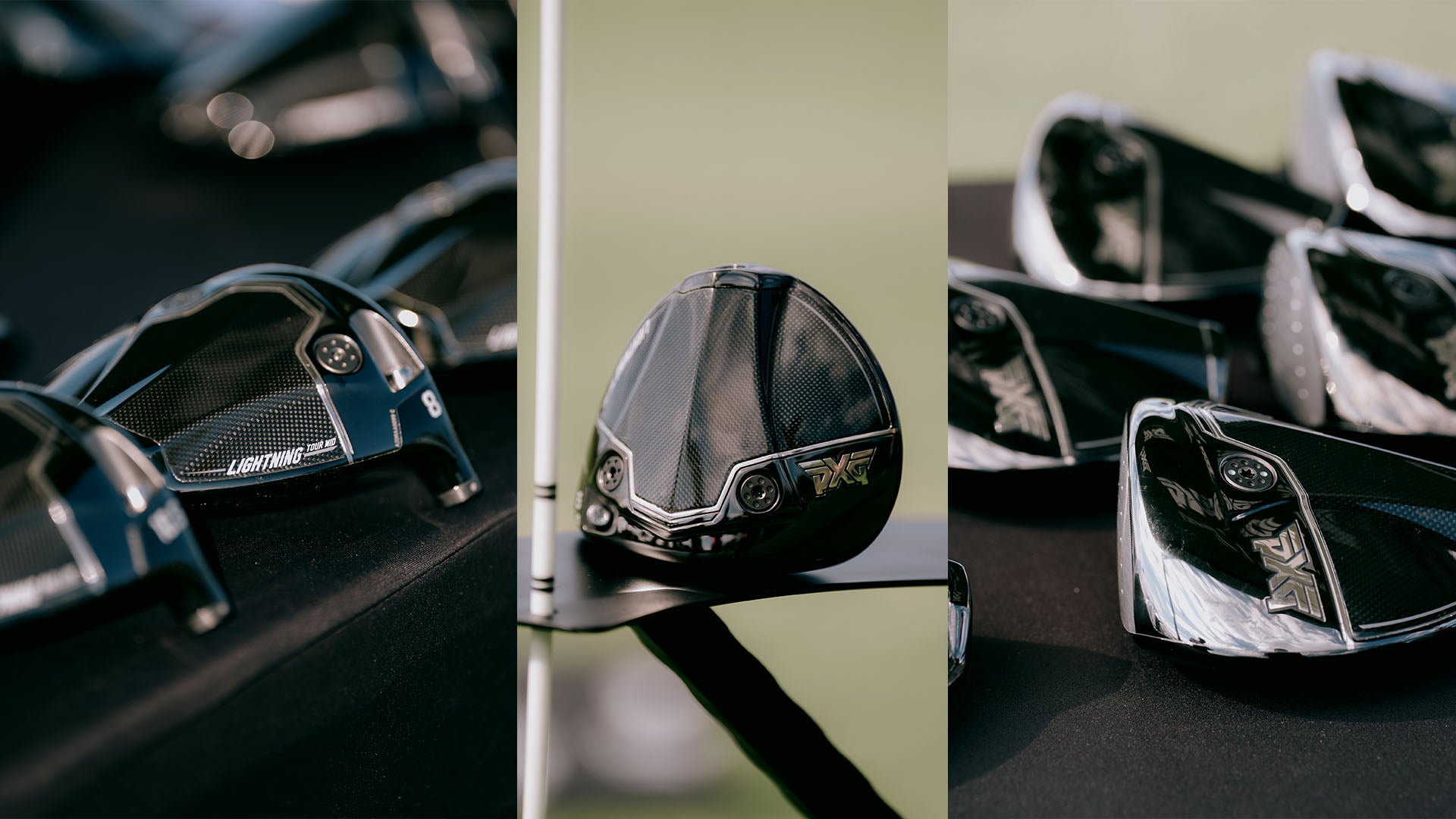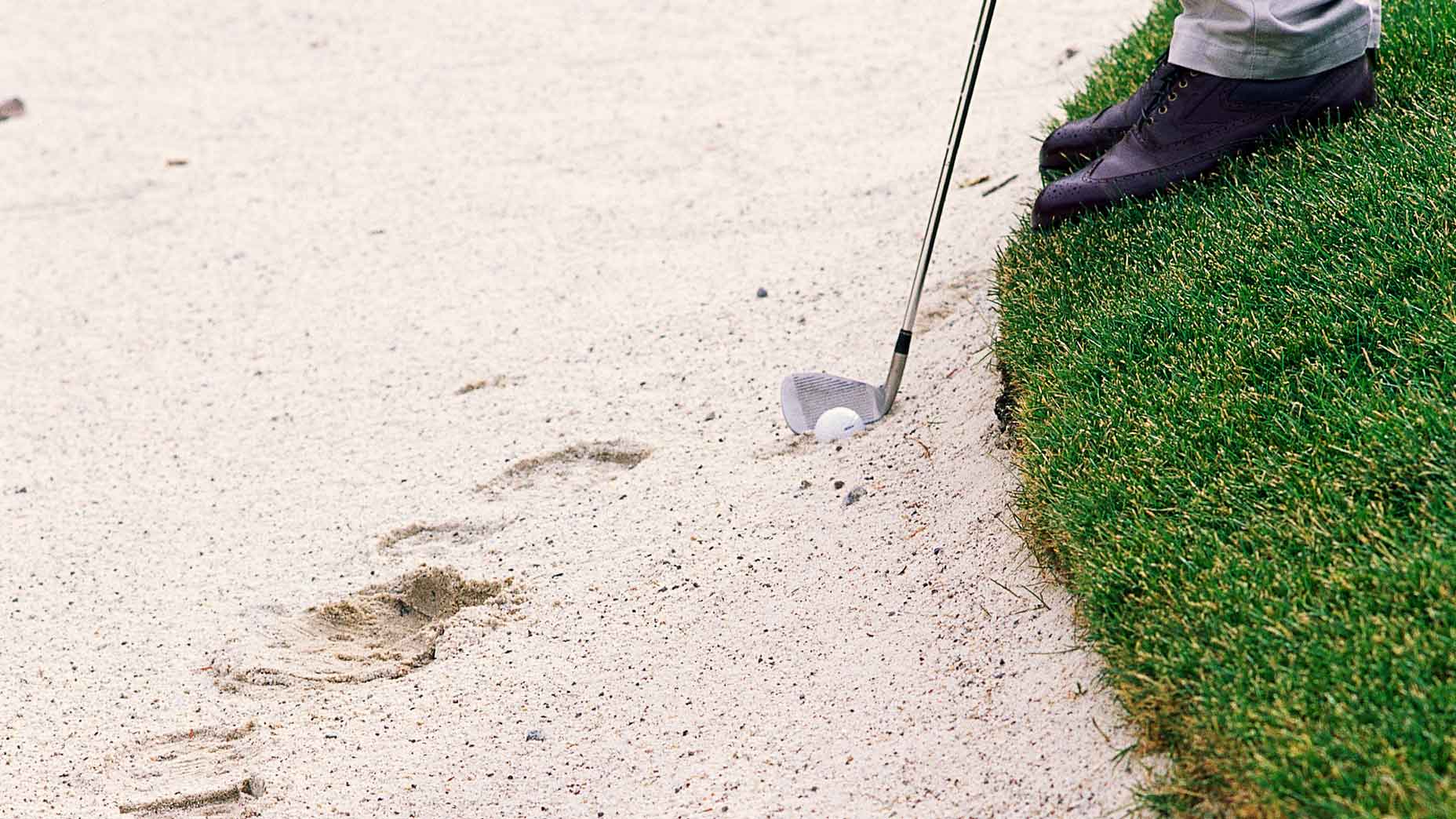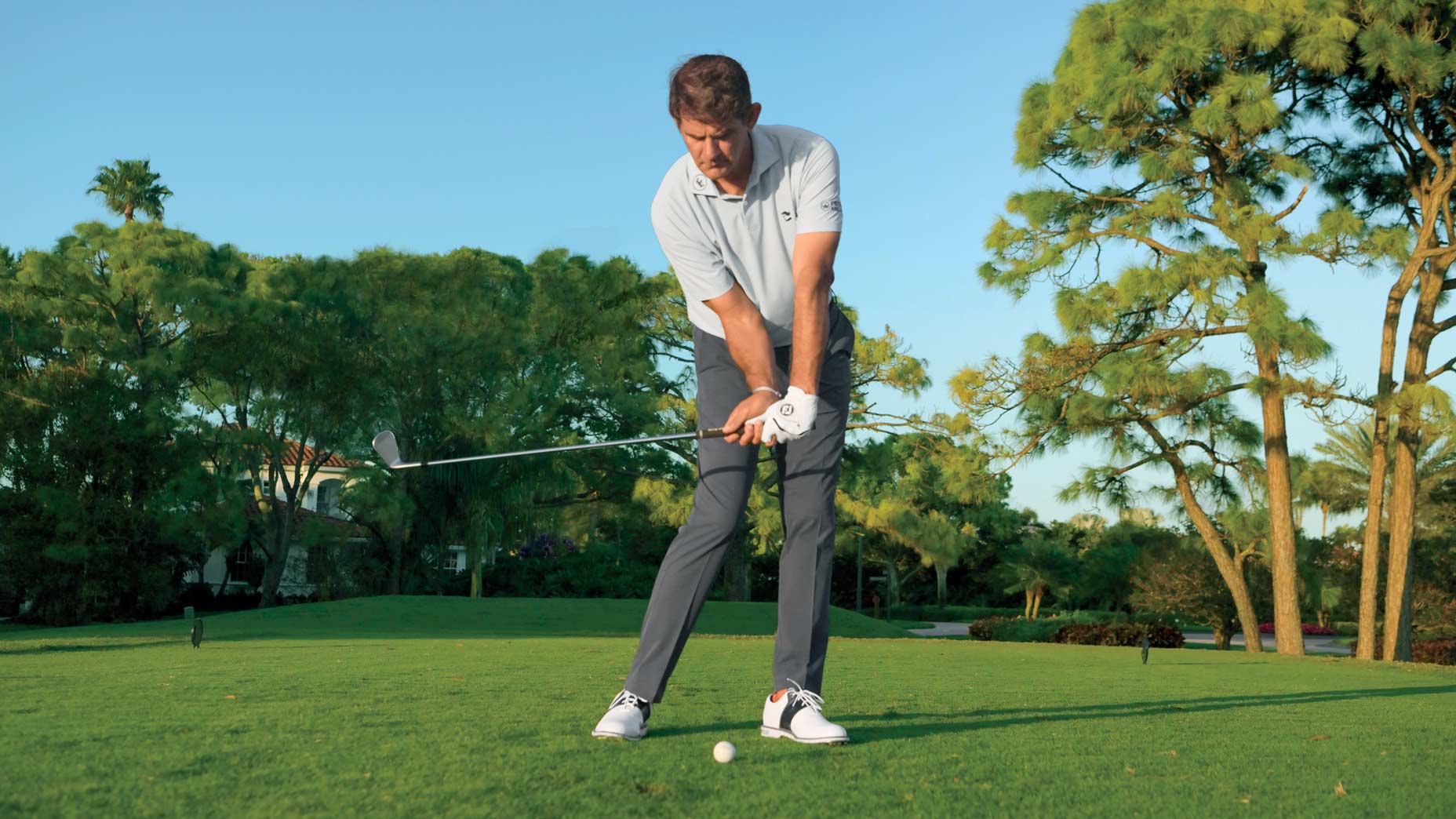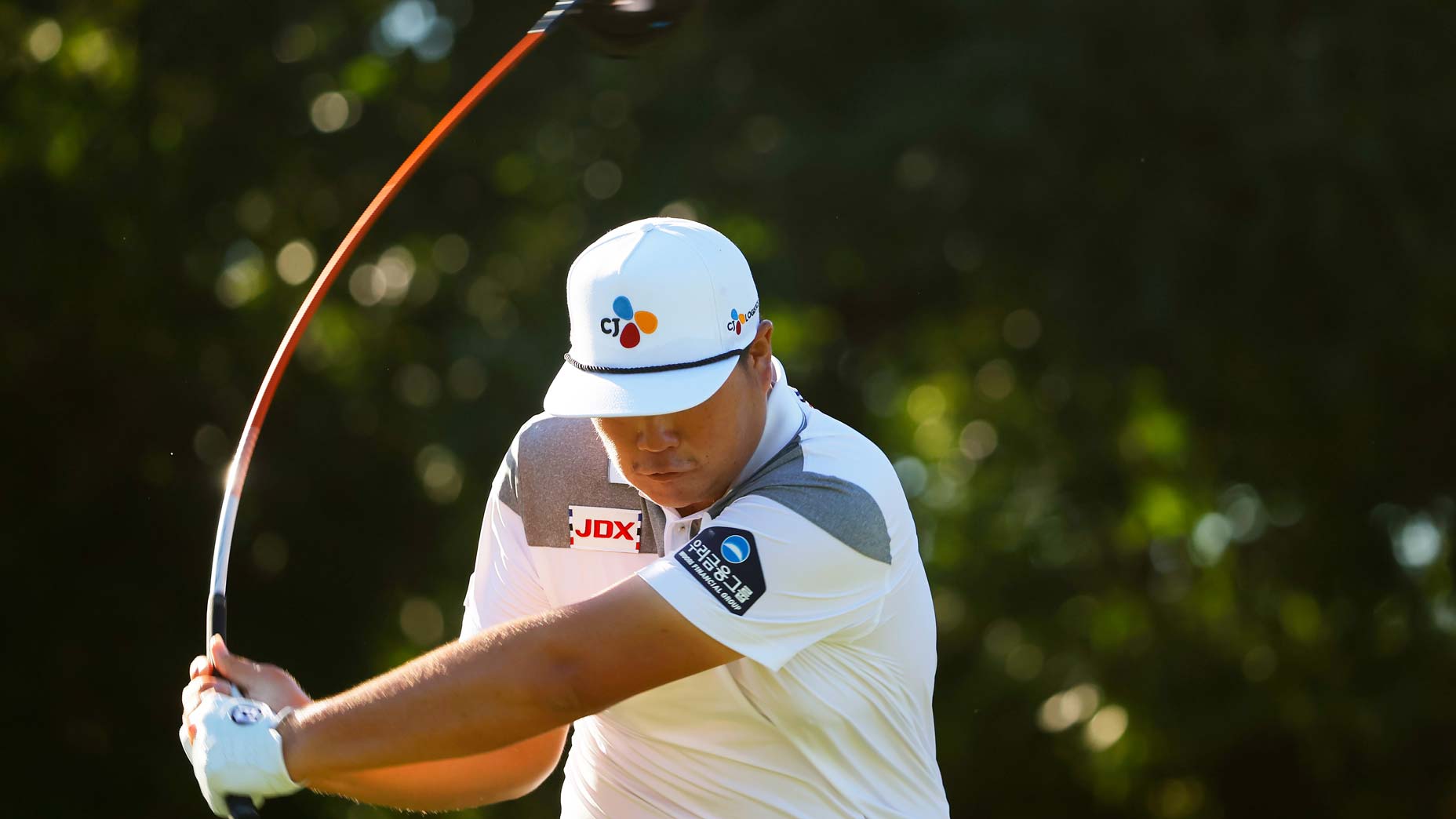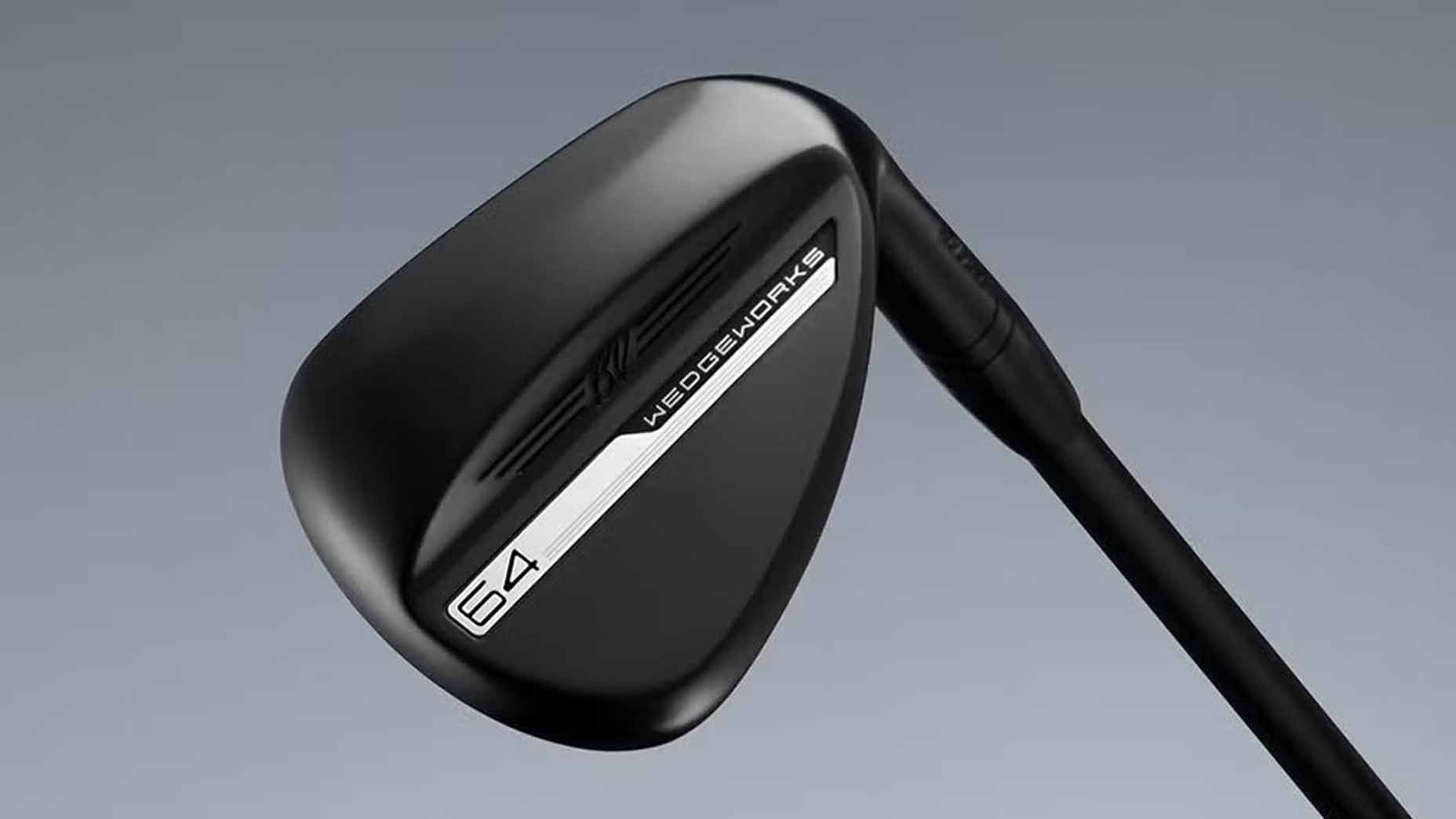Walk into any modern fitting studio or golf facility these days, and it quickly becomes clear that your swing is about to get put under a microscope. The days of guessing whether a club “feels good enough” or “looks about right” are long gone. Thanks to launch monitors — and some seriously impressive technology inside of them — fitters can now dial in your gear using real-time data and the ability to test individual components.
But what’s really going on behind the scenes? Let’s break down the science behind launch monitors and look closer at the two major types of tech enjoyed by most professional club fitters and golf professionals today.
What launch monitors measure
Modern launch monitors pull in a mountain of data with every swing. Some of the most widely used metrics include:
- Clubhead speed
- Ball speed
- Launch angles
- Spin rates
- Smash factor or Efficiency
- Angle of attack
- Apex height
- Landing angle
- Carry distance
- Rollout prediction or Total Distance
And if that’s not enough, some systems even dive deeper into club delivery, measuring things like face angle, swing path, dynamic loft, and impact location.
The beauty of all this information? It takes the guesswork out of finding your best setup. Whether you need a different shaft, a better driver head, or just a tweak to your loft or lie angle, the data tells the story and allows you to prove what performs best.
Why this 17-year-old smartly passed on PGA Tour inviteBy: Josh Schrock
Radar vs. Camera systems: two different approaches to launch monitoring
Launch monitors usually fall into two camps: Doppler radar systems and high-speed camera systems. Both are incredibly advanced and trusted at the highest levels of the game, they just go about capturing your shot data a little differently. Let me explain:
Radar systems, like TrackMan, use Doppler radar (yes, the same tech used by the military to track aircraft). The unit sends out a microwave signal, bounces it off your ball and club, and measures how everything is moving through space. These systems are best when the ball can fly its full distance outdoors, giving you the actual flight from launch to landing.
High-speed camera Systems, like Foresight GCQuad Max, are all about capturing that critical moment of impact. They record thousands of images per second, locking in exactly how your club hits the ball. Then, using all that information, they calculate the full ball flight from just a few feet of movement. Indoors or in tight spaces, these systems absolutely shine.
Inside the golf bag of LIV Mexico City winner Joaquin NiemannBy: Johnny Wunder
Key differences between radar and camera-based systems
Position and setup: Radar monitors are usually placed behind the golfer and need some room to work. Camera systems sit off to the side, need a little less room, but depend more on good lighting to capture every detail clearly.
How they capture data: Radar systems track the entire ball flight in real-time, measuring what actually happens as your ball moves through space. Camera systems zero in on impact, then use physics and smart algorithms to predict how the ball would behave over a full shot.
Ideal environments: If you’re outdoors and want to see ball data with true shot shapes, apex heights, and total distances, radar is tough to beat. If you’re inside or need to measure club data consistently without fear of weather-related effects, cameras are your best friend.
Primary strengths: Radar gives you actual ball flight, which is especially important when you’re chasing down distances or fine-tuning gapping. Cameras offer incredibly detailed swing and impact data, which is a huge help if you’re dialing in strike location or working on gear-related improvements.
External factors and limitations: Radar systems can be influenced by factors like wind or rain (nature always wants to be part of the action). Camera systems are immune to weather but rely on their calculations to predict the shot beyond those first few feet.
The Doppler system will accurately illustrate the influenced flight of the ball. Meaning, if you have a 20 mph crosswind, you’ll see your ball moving in that direction. The camera system may show you a draw on the screen — what your impact would have generated in ideal conditions — while your eyes see a fade caused by the same 20 mph crosswind.
Typical use cases: You’ll often find radar monitors at outdoor fitting events and higher-end ranges. Camera systems dominate indoor fitting studios, teaching academies, and the PGA Tour. However, either can be used indoors or outdoors.

Titleist GT2 Custom Driver
View Product
Also available at: PGA Tour Superstore, Titleist
In simple terms:
Radar launch monitor systems are like watching the entire movie unfold on screen.
Camera systems are like studying the most important scene in crazy-high definition, then letting expert writers predict the rest of the story.
Neither is “better” than the other, they’re just built differently for different jobs.
What’s right for you depends upon your wants and needs. If you are working on learning how to change what your ball is doing, work on a Doppler system. If you are working on equipment changes or your ball striking, work with a camera system.
Both are amazing pieces of modern golf tech that help everyday golfers better understand their swing, gear and performance. Whether you’re on a radar-based system or a high-speed camera setup, you’re getting the highest quality technology working in your favor. Both deliver elite-level data. Both can help you find the right clubs. Both can help you play better golf. Both can help you understand the cause and effect of your swing.
Club fitting today isn’t based on guesswork or sales pitches, it’s built on science. It’s built on facts. And it’s built to help you trust what’s in your bag when you’re standing on the 18th tee with your career low round on the line.
At the end of the day, all launch monitors are just different paths to the same goal: helping you play your best golf. And with technology this good, getting better has never been more fun.
Want to overhaul your bag for 2025? Find a club-fitting location near you at True Spec Golf.




